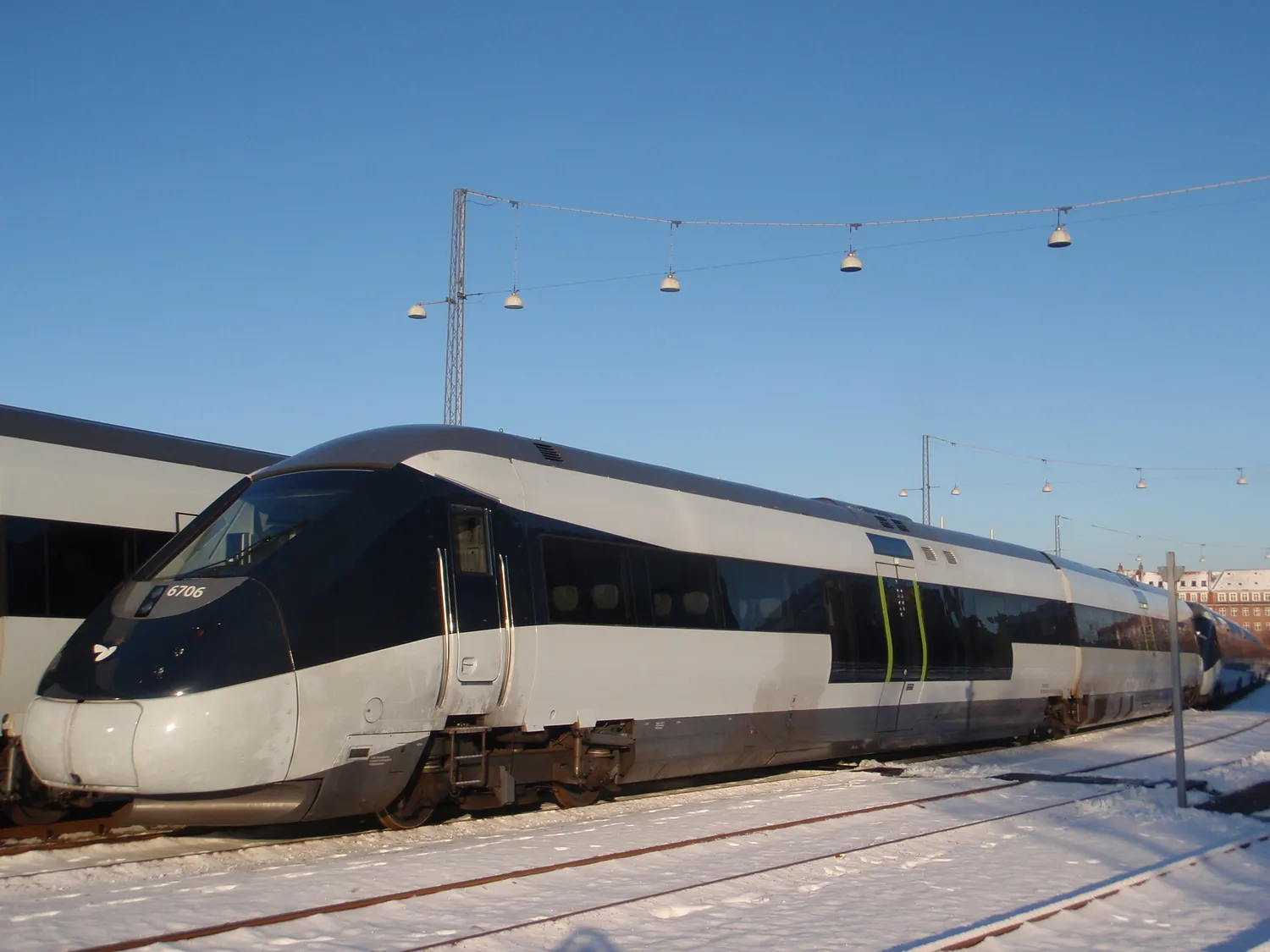
Source: de.wikipedia.org
Vehicle type:
Registration country:
Railway companies:
2010
The IC2 trainsets experience considerable delays in delivery, with original expectations set for 2004 - 2005. By October 2011, when the first trainset has yet to be handed over to DSB, an independent report recommends halting the IC2 program, although DSB claims that exiting the contract is not legally feasible. The delivery schedule is subsequently adjusted, with the completion of deliveries pushed to June 2013. Delays attributed to component shortages among AnsaldoBreda’s suppliers contribute to the setbacks.
The IC2 trainsets enter revenue service on November 12th, 2012, initially operating between Kolding and Vejle. In December 2012, two IC2 trainsets run coupled for the first time in regular operations. By this time, DSB and AnsaldoBreda agree on final deliveries, with the last trainset expected by the end of October 2013. Additionally, the IC2 units are utilized in regional traffic on West Funen starting in December 2013.
The IC2 shares technology and design similarities with the IC4, featuring two efficient V8 diesel engines from Iveco, providing a total output of 1120 kW. The trainsets are constructed from aluminum and utilize a shared bogie design for the coupled cars. The design collaboration involves DSB's design team and the Italian firm Pininfarina, emphasizing Nordic design traditions. The seating arrangement within the trains primarily consists of face-to-face configurations with an electronic reservation system and internet access. The toilets are proportioned to have one facility per 57 passengers, which is more advantageous than those in the IC3 and IC4.
2014
2016
August 23
2017
June 23
The new owner, Astra Trans Carpatic from Romania, is interested in taking over 15x units in total if the initial 3x get certified.
Sources: https://railcolornews.com/2017/10/12/dk-dsb-ic2-is-a-second-life-in-romania-possible/
2022
- 7x IC2s in Astra Trans Caraptic’s existing fleet: 5702/6702, 5709/6709, 5712/6712, 5713/6713, 5714/6714, 5718/6718, and 5721/6721;
- 9x IC2s delivered in 2022 to Astra Trans Caraptic: 5704/6704, 5705/6705, 5707/6707, 5711/6711, 5716/6716, 5717/6717, 5719/6719, 5722/6722, and 5723/6723;
- 1x IC2, 5701/6701, is owned by Denmark’s Railway Museum;
- 1x IC2, 5708/6708, was transferred as a study object to the EUC Lillebælt vocational school in Fredericia in 2017 for fleet maintenance training;
- 5x IC2s got scrapped: 5703/6703, 5706/6706, 5710/6710, 5715/6715, and 5720/6720.
Sources: https://railcolornews.com/2022/09/09/dk-second-life-the-remaining-dsb-ic2-trains-arrive-in-romania/
Do you have additional informations regarding this vehicle?
Help us writing the history of IC2! Your knowledge is precious for us and the entire community, do not hesitate to share your facts, photos or videos:
Latest update on the 25th of December 2024 at 23:00
Contributor(s): Tudor C.
Discussion forum


